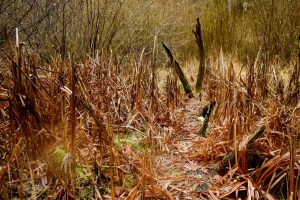
The least likely time of the year you would expect to forage well is during the wintertime. While it may not look like there’s much to eat above the surface, below there are energy-dense roots, rhizomes, tubers, and bulbs that can help keep the body warm on these frigid days. In fact, it’s during wintertime when root foraging is prime! We can thank the process of dormancy as these perennials and biennials store their precious energy in the form of carbohydrates and complex sugars. The following list contains 10 wild edible plant roots that you can expect to find here in the Pacific Northwest as well as most of North America.
#1 Dandelion
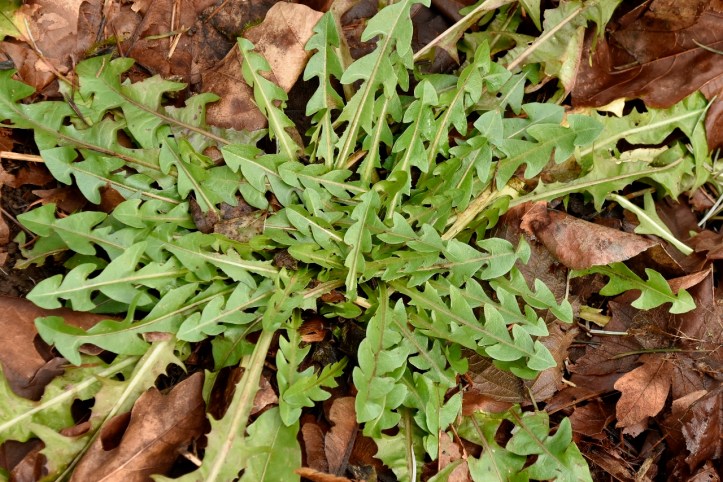

Number one on this list is the Dandelion. Not because it’s the most popular plant, but because everyone already knows where to find it! Most gardeners who choose to pull up this persistent plant will readily attest to their large taproot. While all parts of this plant are famous for their bitter taste, the root is no exception. Accordingly, certain steps can be taken to either capitalize on its bitterness or alternately, improve it. The most common use of its root is the dry roasting and brewing of it into a coffee substitute. Processes vary, but typically you’ll want to split the well washed roots into quarters, both lengthwise and widthwise. The chopped pieces first need to be dehydrated until crispy, then roasted in the oven or on a hot skillet. For starters, try an oven set at 350F, lay the roots out on a cookie sheet, and bake for 10 to 20 minutes. The blacker the roots, the more of a “French roast” you’ll get. It all comes down to taste. Brewing this “coffee” is the same as making tea, so the amount used is up to personal preference.
#2 Cattail – Typha latifolia


There isn’t much a forager doesn’t love about Cattail plants. So many are all its uses, they’re beyond the scope of this article. The rhizomatic roots are plump with carbohydrate and protein rich starches all throughout the winter months. Collection is rather basic. Simply dig around the youngest shoots to find the newest rootstocks. After a good wash, peel off the brown skin with a paring knife to reveal the white starchy core. The core can then either be cooked and mashed down into a thickener for soups or dehydrated and ground into a flour. Its flavor is reminiscent of corn and potato with a hint of wheat grass.
#3 Bull Thistle – Cirsium vulgare


All true thistles are in the sunflower/daisy (Asteraceae) family and are edible, though not all are necessarily palatable. The Bull Thistle in particular is non-native to the US and is invasive in many states. You can help your local ecology by eating them! The peeled leaves and flower stalk are edible, as well as the cooked flower tops. Tasty as those may be, the crown of the rootstock, in my opinion, is the choicest part! The flavor is remarkably similar to that of sunchokes. Not too surprising since they’re in the same family. If you know of a patch, equipped with a pair of pruning clippers and gloves, clip the rootstock about an inch below the soil line. Then carefully clip off all the leaves, leaving the root crown. Any remaining spikes need to be carefully cut off before cooking. The crowns boil well and make a great addition to soups or stir-fries!
#4 Wild Onion – Allium species

These wild Allium species are made up of both feral onion and garlic, each variety being distinguishable only by small variances in either their bulbs or flower heads. The wild onion will have a true bulb, much like that of store-bought green onions. The wild garlic will have tiny, itty-bitty, little cloves packed in a head that looks like a tiny onion bulb. Both are choice seasonings for the savory chef. While the typical forager may find ease in only gathering the leaf blades, taking the extra step to collect and clean the tiny bulbs/cloves will add a multitude of complex sugars to your next meal. Also, as you can see by the main picture, a single cluster can provide many tiny bulbs! If you haven’t found these wild Alliums yet, they’re very common in fields, pastures, rivers, and watersheds. Take caution not to confuse them with death camas or unknown lilies. Onion will indubitably smell like onion.
#5 Burdock – Arctium minus/lappa
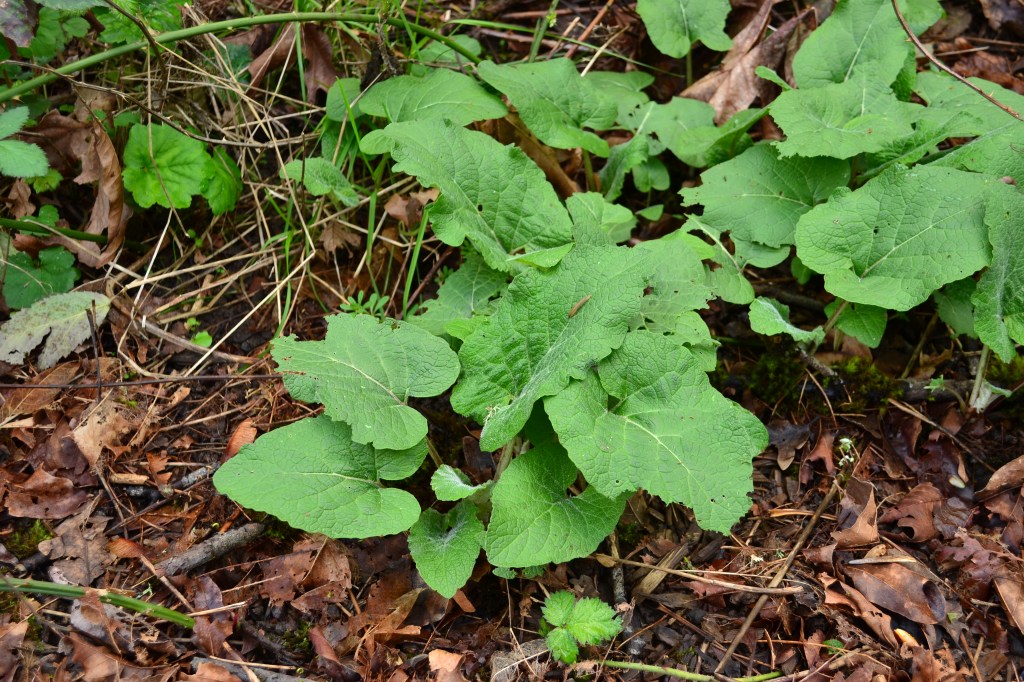
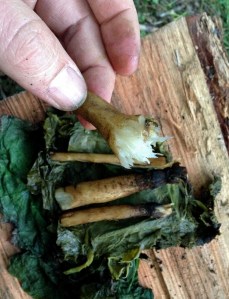
The lesser and greater Burdock are velvety leaved plants in the Asteraceae family and are closely related to thistles. If you’re not familiar with this plant by its large, soft and slightly stinky leaves, then perhaps you’ve acquainted yourself with them by brushing along some of its Velcro-like flower heads or having to pick them off of your dog’s fur. Whatever the case may be, did you know they have an incredibly large and edible taproot? One that has been very popular in the eastern part of the world for centuries. During the winter months, you’ll want to dig up first-year plants. They may only have a couple of leaves and the taproot won’t be too much bigger than that of dandelion, but it will be much more tender. The flavor is very similar to that of bull thistles – it’s an Aster family thing 😉 It’s recommended to slow cook them either by boiling or baking. The crockpot is a great option. Don’t worry, they will hold their texture well. While many health benefits of the root are touted, research has proven Burdock root to be rich in vitamins, minerals, as well as antioxidants and inulin.
#6 Dock – Rumex obtusifolius/crispus


The Broadleaved Dock (main photo) and the Yellow Dock are very ubiquitous of pastures and abandoned lots. Their reddish and papery-like seed stalks stand tall during late summer months. They can produce enormous taproots that make ‘weeding’ them extremely difficult as they will readily grow back if the plant is broken off. The value of Yellow Dock root is regarded to be mostly medicinal. There are claims of specific pain reducing, anti-inflammatory, and liver healing properties. Strictly as a food, however, the roots are best as a tea. It is even suggested that the dried roots can be roasted as a dandelion-like coffee substitute, although I have yet to try that method. As a tea, the Yellow Dock root produces a beautiful golden color and the flavor is reminiscent of dandelion – earthy under-tones and herby hues – my autobiography 😉
#7 Field Mustard – Brassica rapa


Field Mustard is an amazingly delicious plant! But that’s coming from a guy who likes raw broccoli. Well… speaking of which, Field Mustard is a close relative of broccoli, being in the same family (Brassicaceae). Often planted as a cover crop, this mustard quickly escaped cultivation and is now invasive in some parts of the US. You may be familiar with its roadside presence during springtime when it displays bright patches of yellow or white flowers. While the whole plant is considered choice by my standards, its large radish-like taproot is a must in winter soups. The flavor ranges anywhere from a savory turnip to a spicy radish! It’s reportedly a good source of fiber and protein, as well as vitamins and minerals. All the more reason to throw some in your meal. As with other biennials, its taproot is most tender, though smaller, in first-year plants. Older/larger roots can be used but are better off being cooked down with the fiber removed.
#8 Wapato – Sagittaria latifolia

Some plants, like Wapato, also called Arrowhead, take a little planning ahead. Large patches like the one pictured above can be spotted along freshwater shorelines in the summertime. During the winter, however, there may not even be detritus to give away its location. If you do know the precise location of a patch, winter is a great time to work up their bulb-like tubers. Most tubers will float once worked loose, not requiring any digging. One method used by the indigenous people of the pacific northwest includes a stomping technique, working their feet into the muck systematically around the plant tubers until they plop up to the surface of the water. If you’re not feeling that adventurous you can try working a walking stick into the mud from a canoe and scooping them up with a net. The tubers have been coined ‘duck potato’ because of their similarity in flavor to potatoes. The skin is often undesirable and thus removed. Cook as you would potatoes, either by boiling or baking. Wapato tubers are a great source of calories, carbohydrates and protein.
#9 – Licorice Fern – Polypodium glycyrrhiza
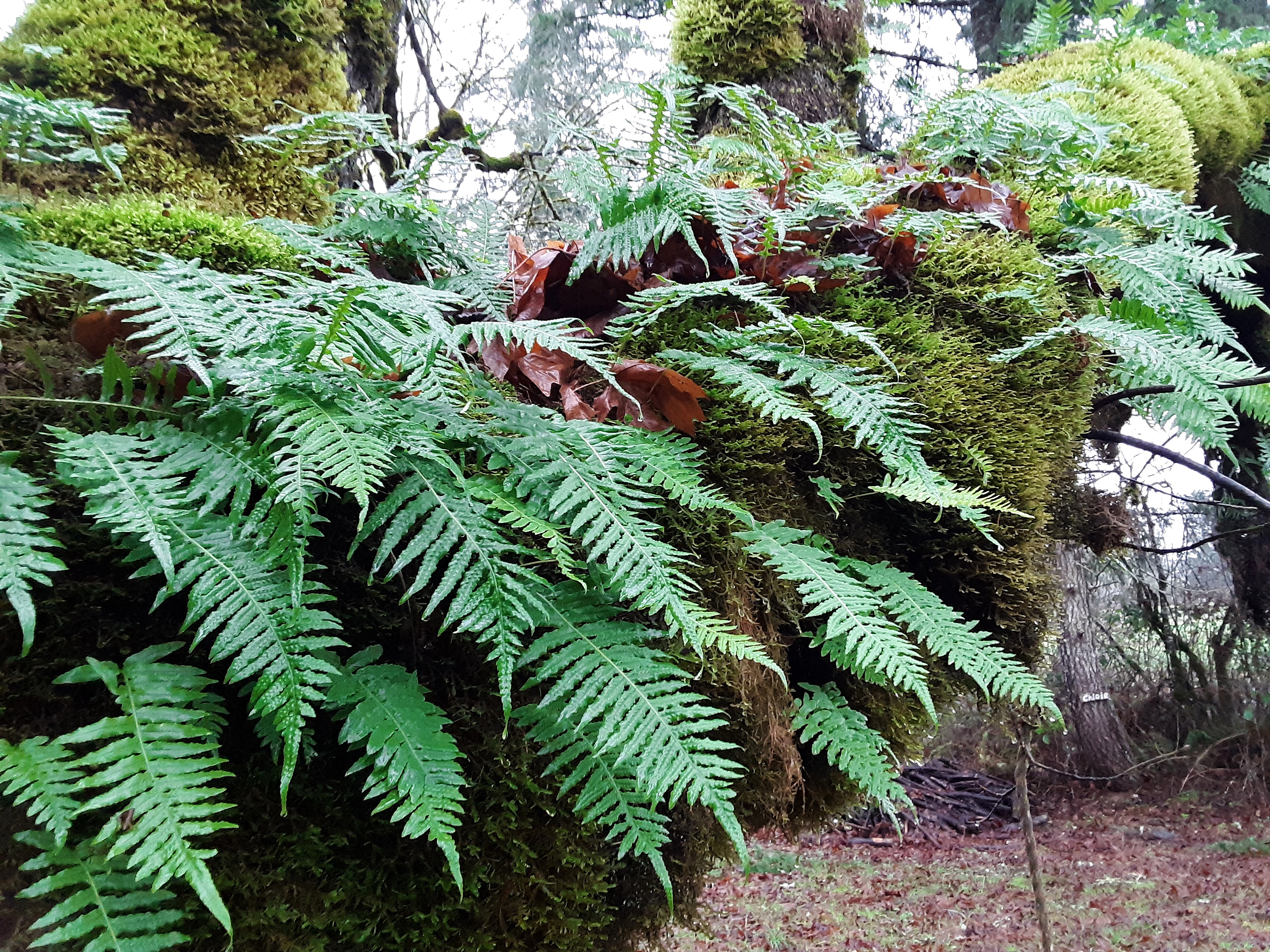
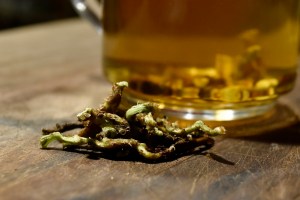
This small, rhizomatic fern is extremely common in the rainforest of the pacific northwest. It can be spotted growing on trees, rocks, roofs or just about anything it can get a solid footing on. In fact, if moss can grow there, then you bet the Licorice Fern can too. The rhizome of this fern is fairly potent, and as the name indicates it tastes just like licorice! The indigenous people of the pacific northwest made good use of its root as a medicine and a sweetener. The licorice flavor can help alleviate sore throats. Although the root can be chewed on fresh, in my opinion it takes on a better flavor once dried and brewed into tea. Because this fern spreads by the pathways of its rhizomatic roots, be sure to exercise good harvesting techniques. Carefully collect new growth from alternating side branches of the rhizome, skipping some along the way. This will help prevent irregular or stunted growth of the fern. The leathery polypody is another rhizomatic fern. However, this grows exclusively along the coast, has leathery leaves, and lacks any food value.
#10 Wild Carrot – Daucus carota


Last, but definitely not least, is the Wild Carrot, commonly called Queen Anne’s Lace. I consider this plant a forager’s gem for a few reasons: 1 it’s extremely widespread, 2 it can be foraged year-round, and 3 it’s a very tasty and nutritionally dense plant! The root is a great source of carbohydrates, fiber, vitamins A, K, C, and minerals such as potassium and iron. As the name indicates, it is in fact a feral carrot. What the taproot may lack in size it completely makes up for in flavor. If it’s said, ‘store-bought doesn’t compare to homegrown veggies’, then I say the same is true of this self-grown carrot. Wash and cook the carrot as you would the cultivated version. Because it’s a biennial plant, first-year roots are going to be best. Once the plant goes to flower, the root will become too fibrous to enjoy. Experienced foragers often categorize the Wild Carrot as not for beginners. This is mostly because the parsley family (Apiaceae) is composed of similar looking plants, some of which are poisonous. For example, a common poisonous lookalike is poison hemlock. For more information on the Wild Carrot, including a side-by-side comparison to poison hemlock, please visit my Wild Carrot article.
“If you’d like to read similar posts, please sign up to follow our blog. You can show your love by sharing this article with your friends on social media and pinning it on your favorite board. Thanks for reading and Happy Foraging!”
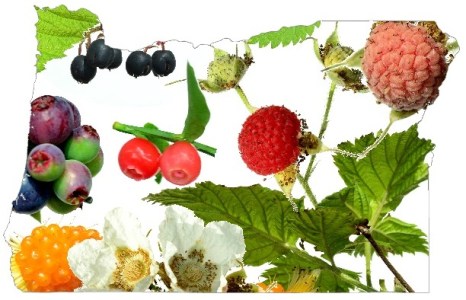


Thanks so much for this. What a great reminder of the bounty that grows all around us.
Cheers,
Rebecca
________________________________
LikeLike
Thank you for checking it out Rebecca!
LikeLike